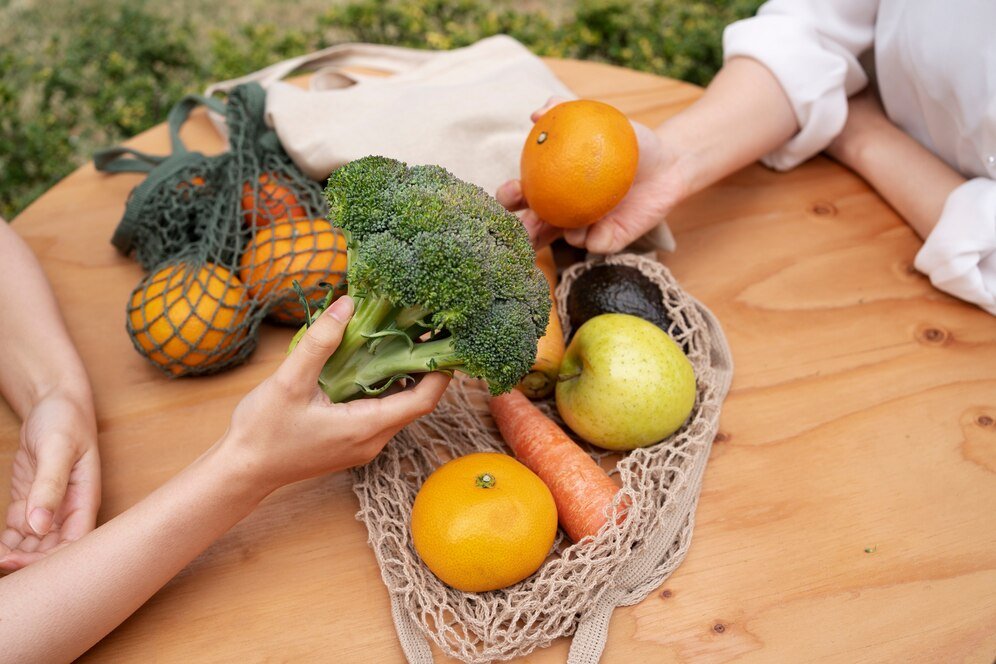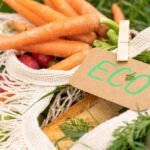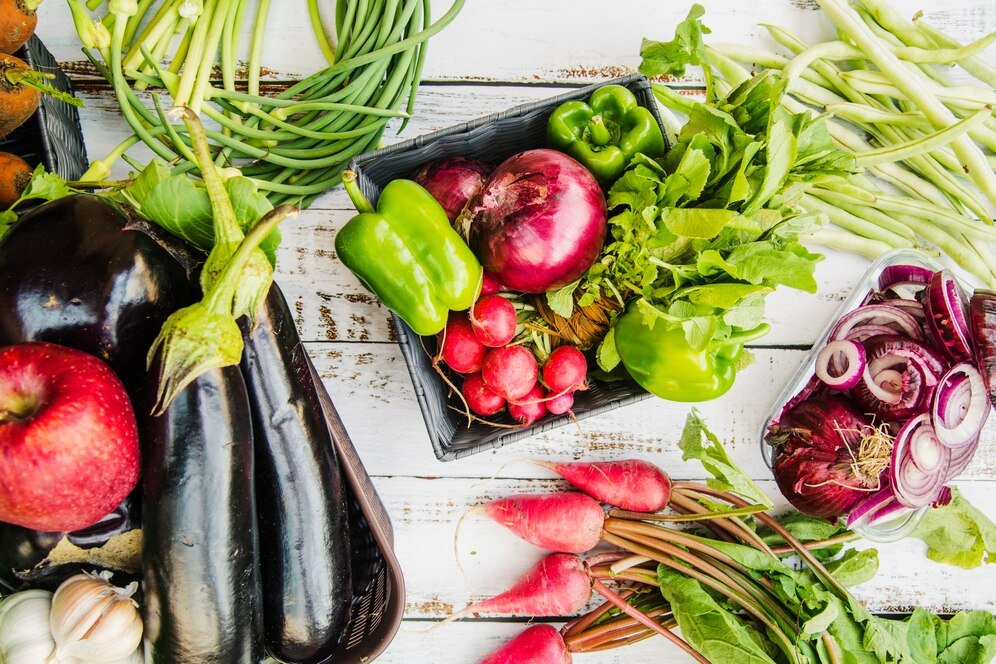As consumers become more aware of the environmental impact of their choices, the demand for sustainable and eco-friendly packaging has risen dramatically. In the food industry, packaging plays a significant role in protecting products, but it can also contribute to waste, pollution, and environmental harm if not handled responsibly. From plastic containers to single-use bags, traditional food packaging has long been a source of concern. However, with new technologies and growing consumer pressure, many brands are turning to eco-friendly alternatives to reduce their carbon footprint. But why is eco-friendly packaging so important, and what does it mean for the future of the food industry?
Let’s explore the rise of eco-friendly packaging and its critical role in shaping a sustainable future.
1. Reducing Plastic Waste
One of the main reasons why eco-friendly packaging is gaining attention is its potential to reduce plastic waste. Single-use plastics, such as bags, bottles, and containers, contribute significantly to the world’s pollution problem. According to the United Nations, around 8 million tons of plastic waste enter the ocean every year, causing harm to marine life and ecosystems.
Eco-friendly alternatives, such as biodegradable packaging, plant-based materials, and reusable containers, help combat this issue by providing a more sustainable way to package food. These alternatives break down naturally and decompose without harming the environment, unlike plastic, which can take hundreds of years to degrade.
2. Supporting Sustainable Agriculture
Eco-friendly packaging isn’t just about reducing plastic waste; it’s also about supporting sustainable agriculture and food production methods. Many eco-friendly packaging materials are derived from renewable resources, such as plants, bamboo, or mushrooms. These materials require less energy and fewer chemicals to produce than conventional plastics, making them a more sustainable option.
For example, some companies have started using plant-based plastics, made from renewable crops like corn or sugarcane, which are compostable and biodegradable. These materials offer a more environmentally friendly alternative to petroleum-based plastics, which are often associated with harmful extraction processes and non-renewable resources.
By choosing eco-friendly packaging, food companies can contribute to a circular economy, where materials are recycled, reused, and returned to the production cycle, reducing the need for new raw materials and lessening the environmental impact of food packaging.
3. Meeting Consumer Demand for Sustainability
In recent years, consumers have become increasingly vocal about their concerns regarding sustainability and the environment. According to studies, more and more shoppers are willing to pay extra for eco-friendly products, including food packaged in sustainable materials. Consumers are also becoming more conscious of the companies they support, favoring those that prioritize environmentally friendly practices.
As a result, many food companies have responded by investing in eco-friendly packaging solutions. From major fast food chains to small-scale artisanal producers, businesses are recognizing that packaging plays a crucial role in shaping their brand’s image and environmental impact. Offering eco-friendly packaging can attract environmentally conscious customers and improve a brand’s reputation.
4. Reducing Carbon Footprint
In addition to reducing plastic waste, eco-friendly packaging can also lower the overall carbon footprint of food production and distribution. Traditional plastic packaging is derived from fossil fuels, a non-renewable resource that requires significant energy to extract and process. The production and disposal of plastic packaging also contribute to greenhouse gas emissions, which drive climate change.
Eco-friendly packaging options, such as recyclable materials, compostable plastics, or glass containers, tend to have a smaller carbon footprint than plastic. These materials are often produced using fewer resources and can be recycled or composted, reducing waste and energy consumption. By adopting these sustainable alternatives, companies can reduce their environmental impact and contribute to the fight against climate change.
5. Reducing Food Waste
Sustainable packaging is not only good for the environment, but it can also help reduce food waste. Packaging that is designed to preserve freshness and extend shelf life is crucial in reducing the amount of food that is thrown away. Eco-friendly packaging materials, such as biodegradable films or natural fibers, can protect food just as effectively as plastic while being more sustainable.
Additionally, some eco-friendly packaging solutions, such as resealable pouches or vacuum-sealed bags, help reduce food waste by keeping food fresh for longer. By maintaining the quality and freshness of products, these packaging alternatives help consumers get the most out of their food and reduce unnecessary waste.
6. Innovations in Eco-Friendly Packaging
The rise of eco-friendly packaging has led to exciting innovations in the food industry. Companies are experimenting with a wide range of sustainable materials and technologies to create packaging that is both functional and environmentally friendly.
For example, edible packaging is gaining popularity, where the packaging itself can be consumed, reducing waste altogether. Companies are also using biodegradable plastics made from seaweed, mushrooms, or algae, which break down quickly and safely. Additionally, some businesses are developing reusable packaging systems, where consumers can return containers for reuse, cutting down on the need for single-use packaging.
These innovations not only help reduce environmental harm but also open up new possibilities for the future of food packaging, showing that sustainability and creativity can go hand in hand.
7. The Challenges of Eco-Friendly Packaging
Despite the benefits, transitioning to eco-friendly packaging presents challenges. Many sustainable alternatives are still in the early stages of development and may not yet be as cost-effective or widely available as traditional packaging materials. Additionally, some eco-friendly options may not offer the same level of protection or durability as plastic, which could make it difficult for certain products to remain viable.
The food industry also faces logistical challenges in adopting eco-friendly packaging. Many supply chains are built around plastic packaging, and changing to more sustainable materials requires significant investment in new infrastructure and processes.
However, as consumer demand for sustainability grows and new technologies are developed, the cost and availability of eco-friendly packaging are expected to improve.
Conclusion: A Step Towards a Sustainable Future
The rise of eco-friendly packaging in the food industry is a critical step toward creating a more sustainable and environmentally conscious food system. By reducing plastic waste, supporting sustainable agriculture, and meeting consumer demand for sustainability, eco-friendly packaging offers a path forward that benefits both businesses and the planet.
As new innovations continue to emerge and sustainable materials become more accessible, the food industry will have an even greater opportunity to minimize its environmental impact and reduce its carbon footprint. By embracing these changes, we can help build a cleaner, greener future for generations to come.








